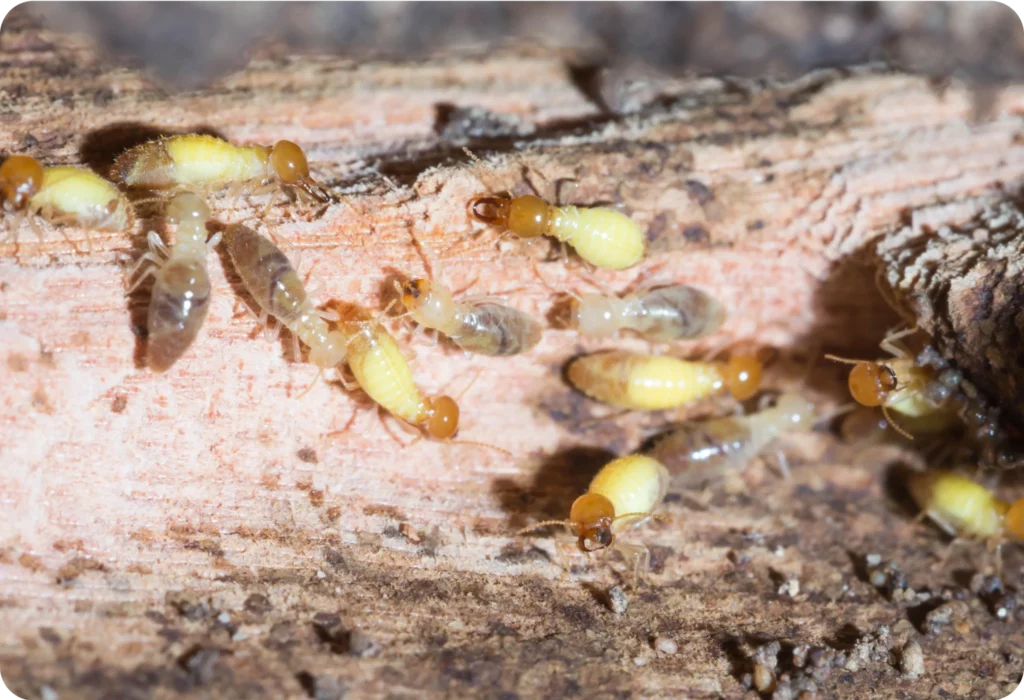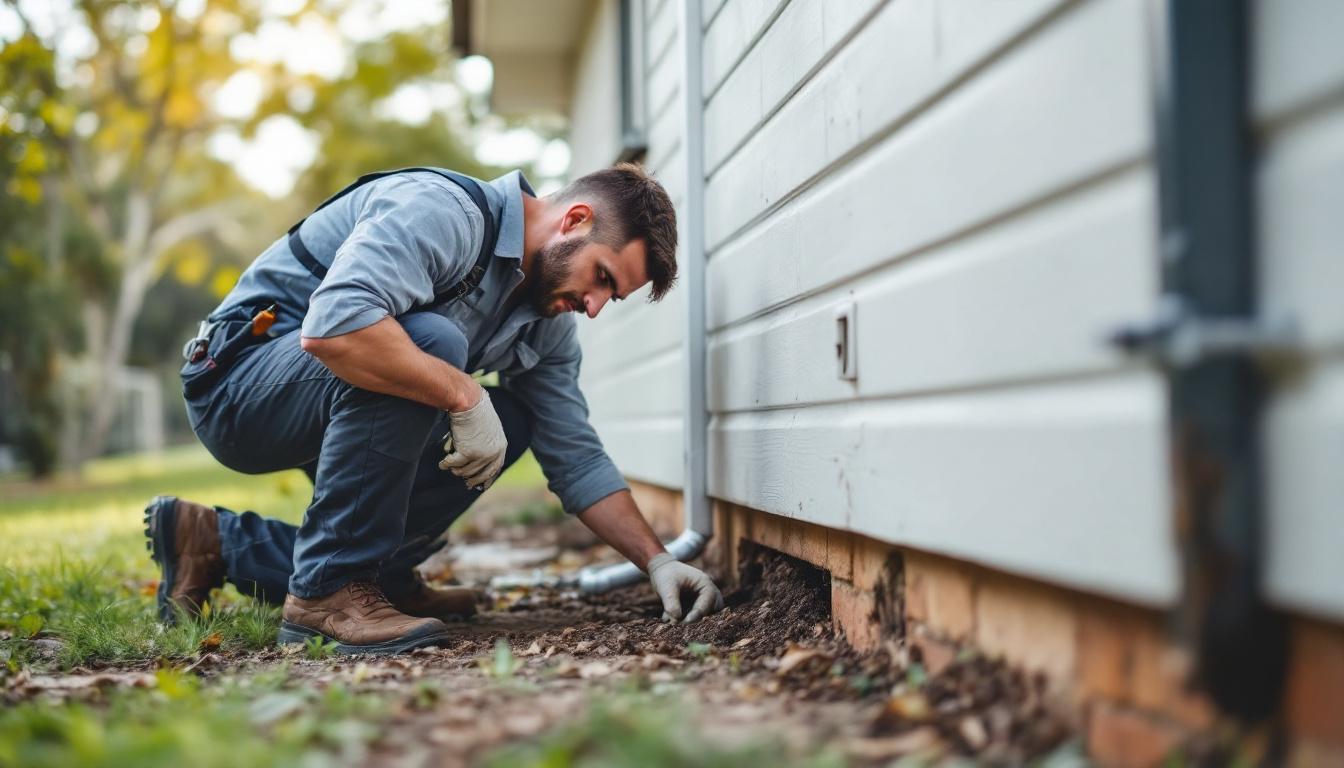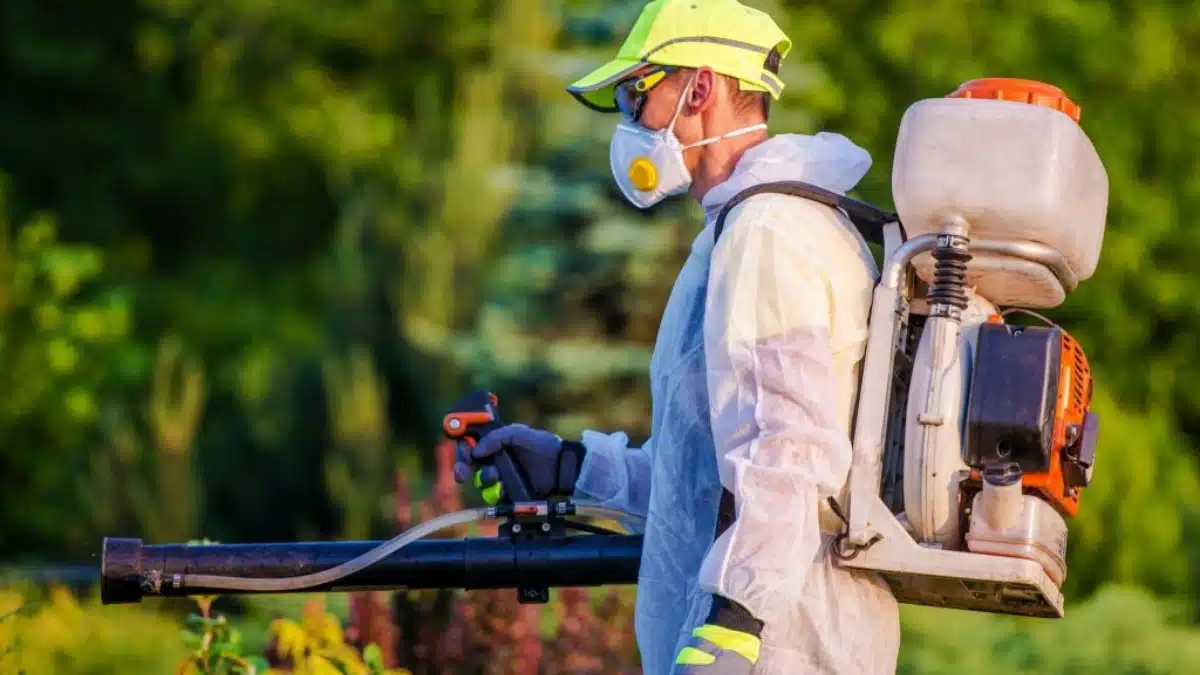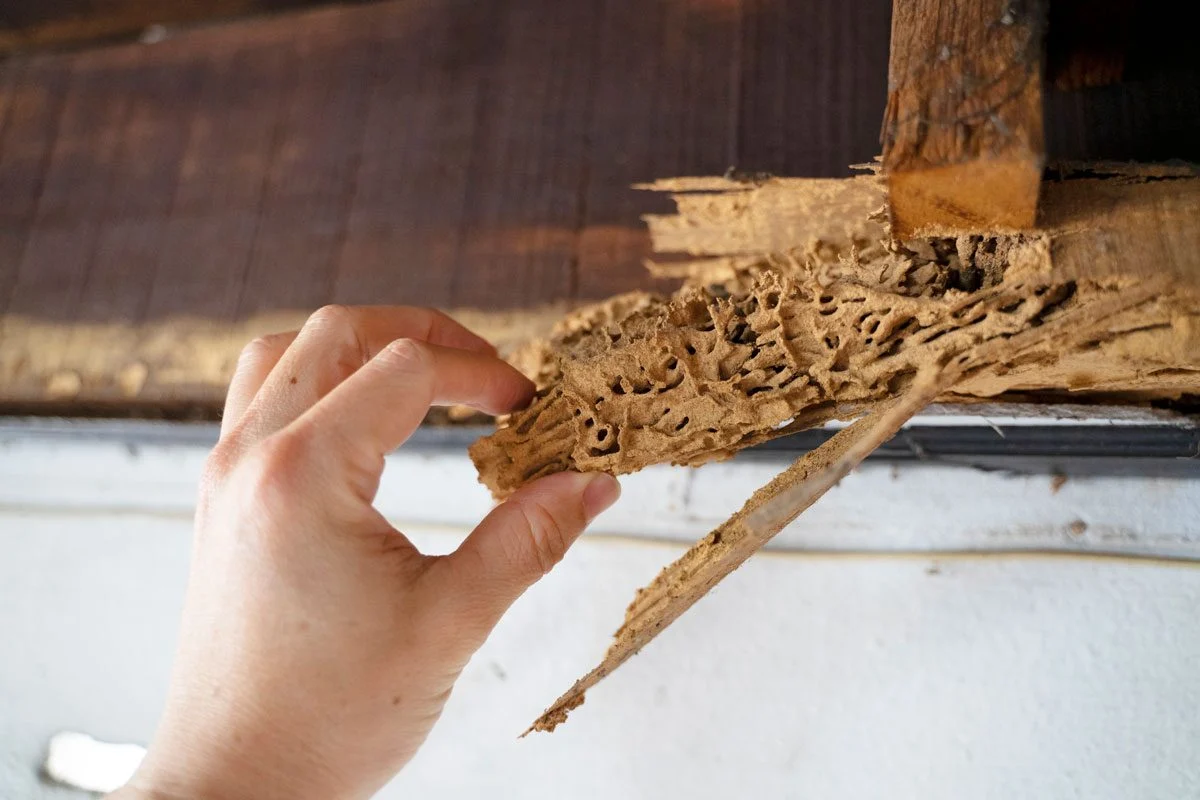Termites are a significant concern for homeowners in Sydney, given the region’s warm climate and abundant timber resources. These pests can cause extensive damage to properties if left unchecked, making it crucial for homeowners to understand how to choose the right termite treatment. This guide will explore various treatment options, factors to consider, and preventative measures to protect your home from these destructive insects.
Understanding Termite Behaviour
Before selecting a termite treatment sydney, it is essential to understand the behaviour and habits of termites. There are several species of termites in Australia, with the most common being the Eastern Subterranean termite and the Formosan termite. These insects thrive in moist environments and typically build their nests in the soil, making them difficult to detect.
Termites feed on cellulose, which is found in wood, paper, and other plant materials. They can cause severe structural damage to homes, often going unnoticed until significant harm has been done. Understanding their behaviour can help homeowners identify signs of infestation early and choose the most effective treatment options.
Signs of Termite Infestation
Recognising the signs of a termite infestation is the first step in addressing the problem. Common indicators include:
- Wood Damage: Look for hollowed-out wood, which may sound hollow when tapped.
- Frass: Termite droppings, resembling sawdust or small pellets, can often be found near infested wood.
- Swarmers: Winged termites, or swarmers, may appear during the warmer months, indicating a mature colony.
- Mud Tubes: Termites often build mud tubes to travel between their nest and food sources, which can be found on walls or foundations.
Types of Termite Treatments
There are several types of termite treatments available, each with its advantages and disadvantages. Understanding these options can help homeowners make an informed decision based on their specific needs and circumstances.
Liquid Chemical Treatments
Liquid chemical treatments involve applying a pesticide barrier around the home to prevent termites from entering. These treatments can be effective for both pre-construction and post-construction applications. The chemicals used are designed to repel or kill termites upon contact.
One of the primary advantages of liquid treatments is their immediate effectiveness. However, they may require reapplication over time, especially after heavy rain or flooding, which can wash away the chemical barrier.
Baiting Systems
Baiting systems consist of strategically placed bait stations around the property. These stations contain a slow-acting insecticide that termites consume and carry back to their colony, ultimately leading to the colony’s elimination. Baiting systems are particularly useful for monitoring termite activity and can be a more environmentally friendly option compared to liquid treatments.
While baiting systems may take longer to show results, they can be a more sustainable solution, as they do not require the use of large quantities of chemicals. Regular monitoring and maintenance are essential to ensure their effectiveness.
Physical Barriers
Physical barriers, such as stainless steel mesh or concrete, can be installed during the construction phase to prevent termite entry. These barriers are designed to be impenetrable, providing long-term protection against infestations.
While physical barriers can be highly effective, they require careful planning and installation to ensure that they are properly integrated into the building’s design. Homeowners should consult with professionals to determine the best approach for their property. Read more about WHS duties related to hazardous chemicals.
Factors to Consider When Choosing a Treatment
When selecting a termite treatment, several factors should be taken into account to ensure the chosen method is effective and suitable for your home.
Extent of Infestation
The severity of the infestation is a critical factor in determining the appropriate treatment. For minor infestations, baiting systems or localised liquid treatments may suffice. However, extensive infestations may require more aggressive approaches, such as whole-house liquid treatments or professional extermination services.
Property Type and Construction
The type of property and its construction materials can influence the choice of treatment. Older homes with timber structures may be more susceptible to termite damage, while modern homes built with concrete or steel may require different approaches. Understanding the construction of your home can help professionals recommend the most effective treatment options.
Environmental Considerations
Environmental factors, such as proximity to water sources or the presence of landscaping, can impact termite behaviour and treatment effectiveness. Homeowners should consider the potential impact of chemical treatments on surrounding vegetation and wildlife. Eco-friendly options, such as baiting systems, may be more suitable for properties with sensitive environments.

Professional Pest Control Services
Engaging a professional pest control service is often the best course of action when dealing with termite infestations. Experienced technicians can conduct thorough inspections, identify the type of termites present, and recommend tailored treatment plans based on the specific needs of your home.
Choosing a Pest Control Company
When selecting a pest control company, consider the following criteria:
- Qualifications: Ensure the company is licensed and certified to perform termite treatments in your area.
- Experience: Look for companies with a proven track record in termite management and treatment.
- Reviews: Read customer reviews and testimonials to gauge the company’s reputation and service quality.
- Guarantees: Inquire about warranties or guarantees for the treatment provided, as this can indicate the company’s confidence in their services.
Cost Considerations
The cost of termite treatment can vary significantly based on the method chosen, the extent of the infestation, and the size of the property. Homeowners should obtain multiple quotes from different pest control companies to compare prices and services offered.
While it may be tempting to opt for the cheapest option, it is essential to consider the long-term effectiveness and potential costs of re-treatment. Investing in a reputable service may save money in the long run by preventing further damage to your home.
See Also : Signs You Need a Termite Inspection in Sydney – Don’t Ignore These Clues
Preventative Measures
Taking proactive steps to prevent termite infestations can save homeowners significant time and money. Implementing preventative measures can reduce the likelihood of termites entering your home in the first place.

Regular Inspections
Conducting regular inspections of your property can help identify potential issues before they escalate. Homeowners should check for signs of termite activity, such as mud tubes or wood damage, and address any moisture problems that may attract termites.
Engaging a professional pest control service for annual inspections can provide peace of mind and ensure that any potential infestations are detected early.
Moisture Control
Termites thrive in moist environments, so controlling moisture levels around your home is crucial. Ensure proper drainage around the foundation, fix any leaks, and maintain gutters and downspouts to direct water away from the property.
Consider using dehumidifiers in damp areas, such as basements, to reduce humidity levels and make your home less attractive to termites.
Landscaping Practices
Be mindful of landscaping practices that may inadvertently attract termites. Avoid using mulch made from untreated wood near the foundation, and keep plants and shrubs trimmed to allow for adequate airflow. Additionally, store firewood and other wooden materials away from the home to minimise the risk of infestation.

Conclusion
Choosing the right termite treatment for your home in Sydney requires careful consideration of various factors, including the extent of infestation, property type, and environmental impact. By understanding the different treatment options available and engaging professional pest control services, homeowners can effectively manage termite risks and protect their properties.
Implementing preventative measures and conducting regular inspections will further enhance your home’s defence against these destructive pests. With the right approach, you can ensure the longevity and safety of your home against termite damage.


